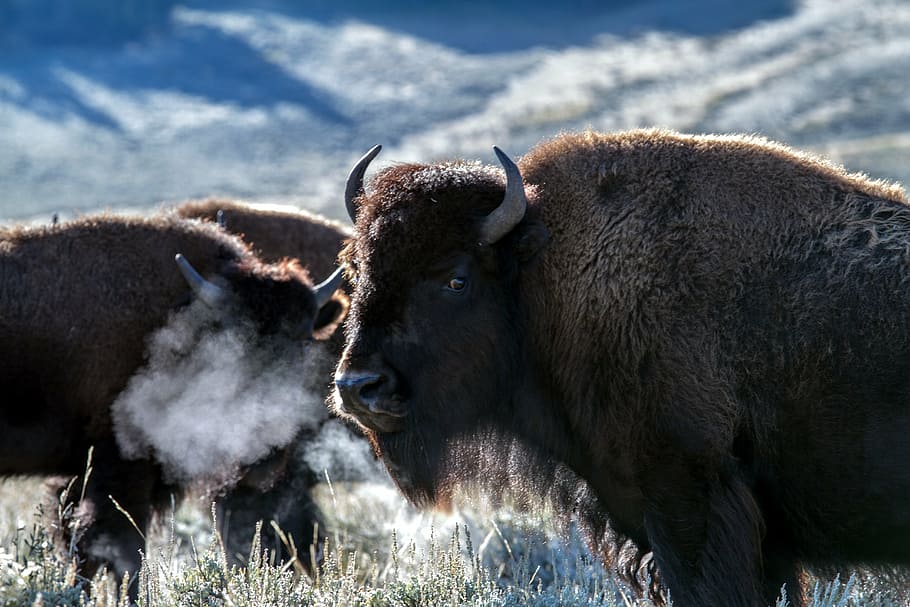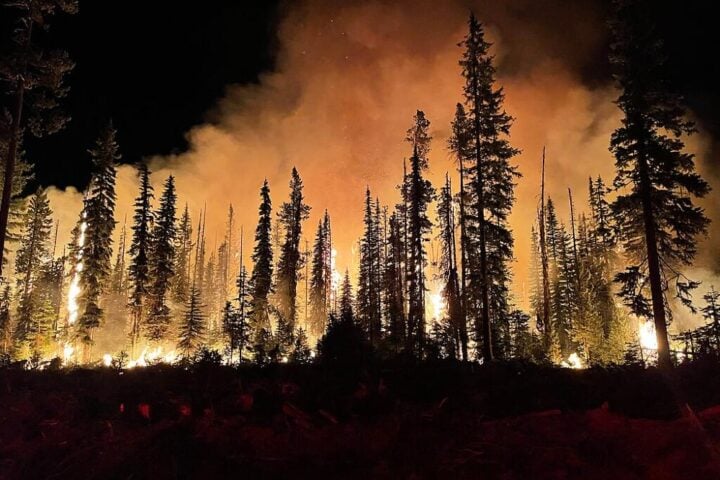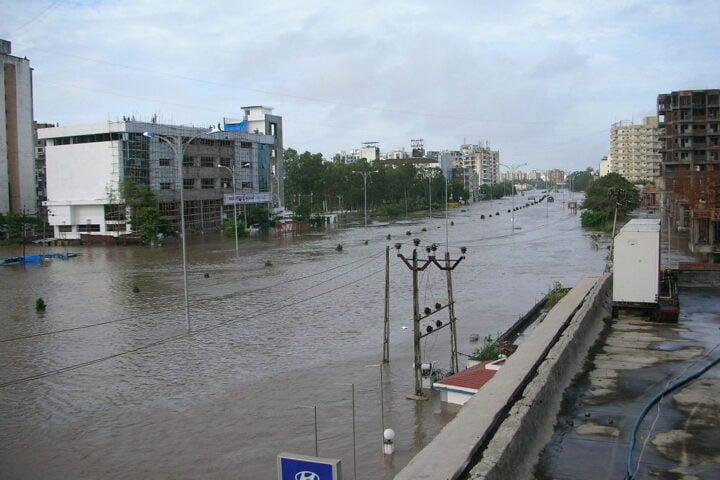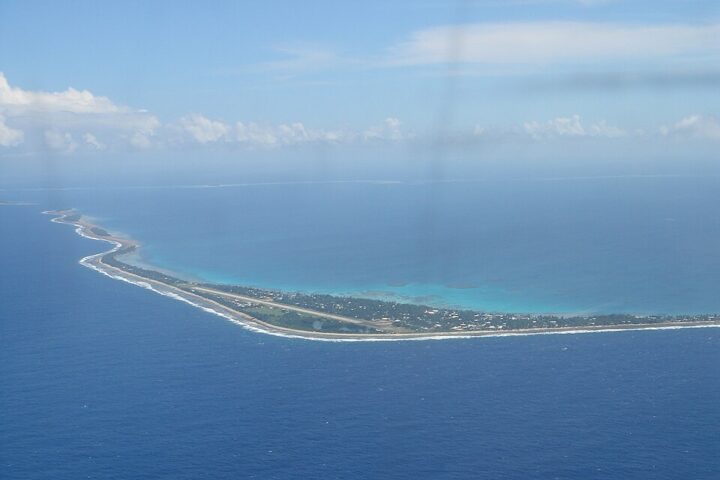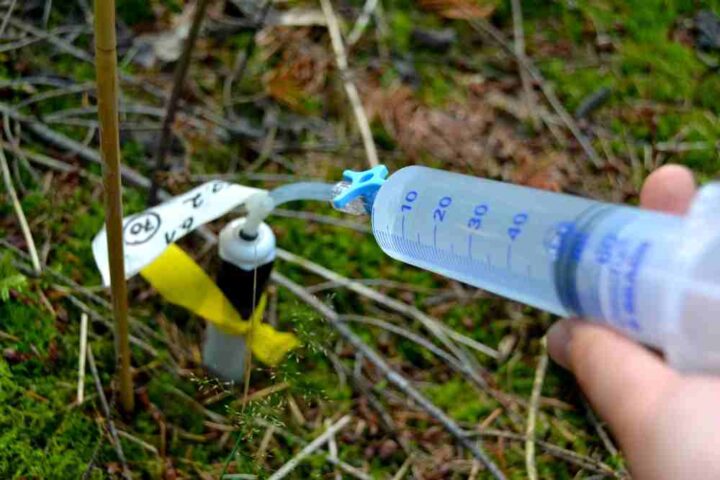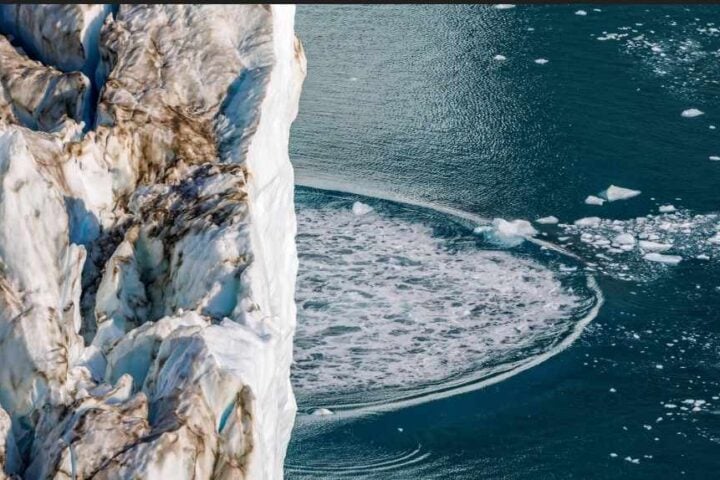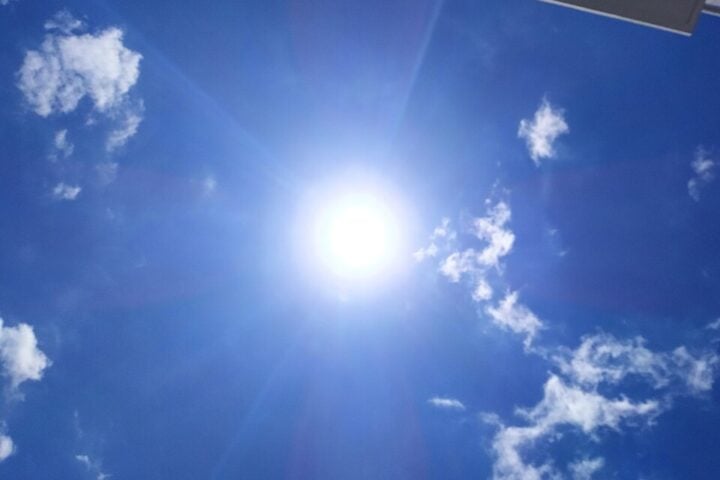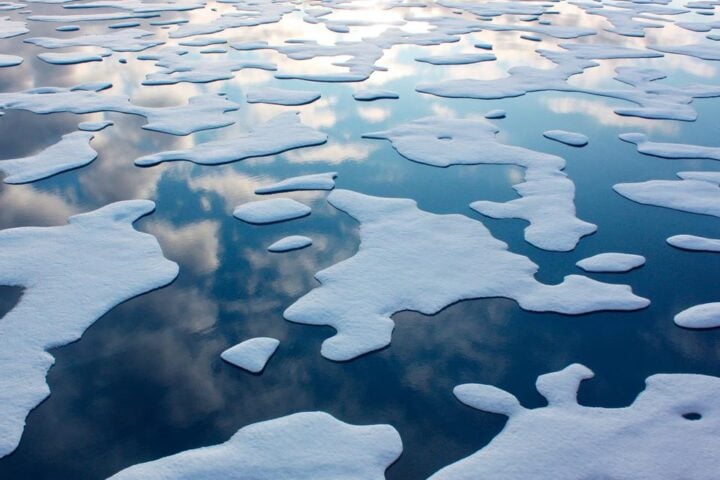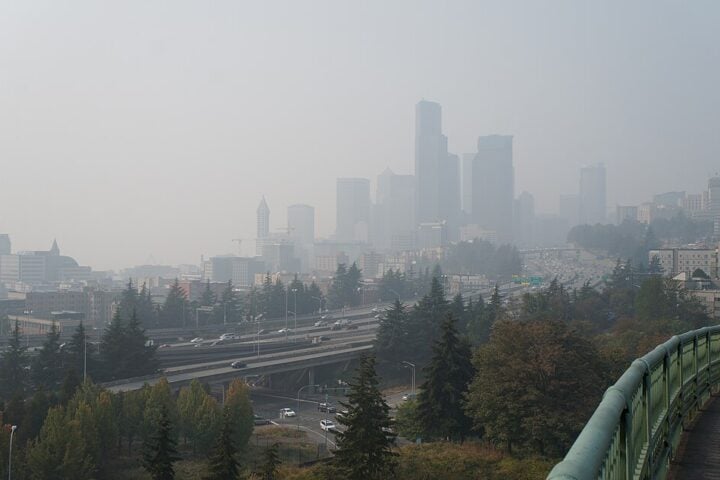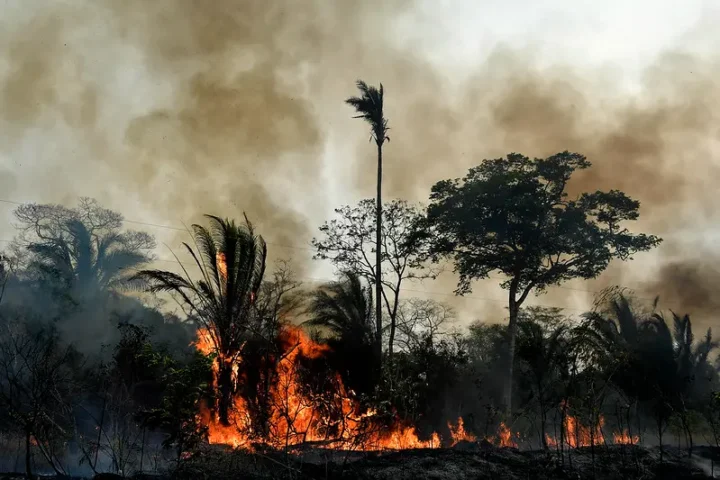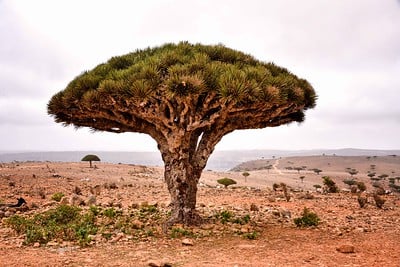In today’s day and age, there is an urgent necessity to meet global climate, conservation, and biodiversity goals outlined by the United Nations. A study published in Conservation Biology emphasizes the importance of this necessity. Researchers have established that maintaining existing plants and biodiversity is one of the only ways to achieve these targets. The study presents data that approximates the need to protect 79% of the Earth’s remaining natural vegetation, amounting to 67 million square kilometers, or 26 million square miles, to achieve the goals proposed by a multitude of U.N. resolutions.
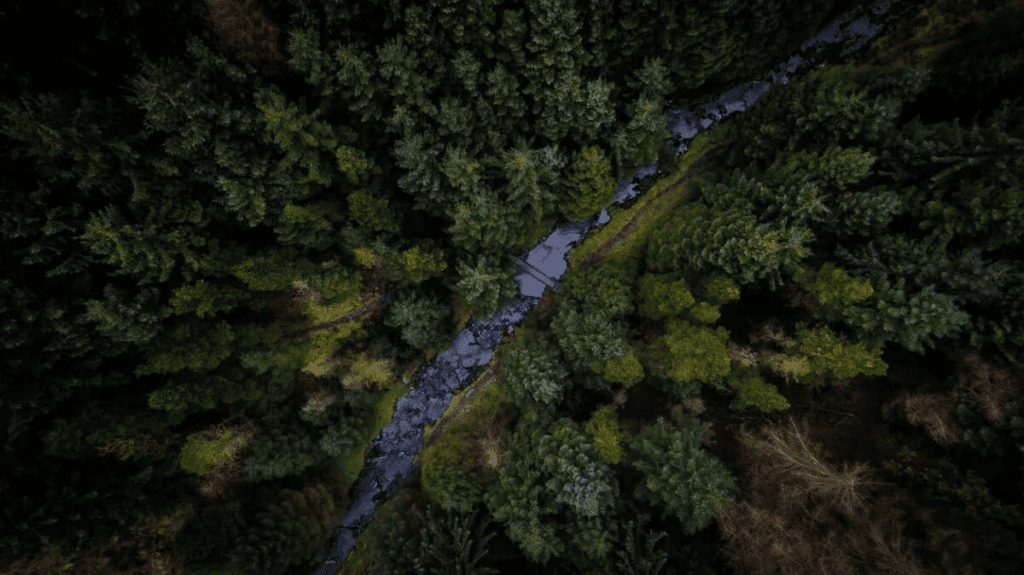
The research team determined the above-mentioned amount of land through a combination of data and modeling on factors such as soil erosion rates, biodiversity areas, and carbon storage. While marine areas were not included in the study, it focused on natural and semi-natural terrestrial vegetation. Studies were carried out on geographies such as forests, grasslands, woodlands, savannahs, and shrublands. Through the outcome of the study, it is indicated that the “30 by 30” target to conserve 30% of terrestrial and marine areas falls extremely short.
The Nature Conservancy has provided data showing that only 17% of terrestrial and 8% of marine areas are currently protected. The authors of the study do not find the “30 by 30” proposal to be sufficient and call for a broader approach to halt the further depletion of natural ecosystems. The concept of Half-Earth suggests conserving approximately half the terrestrial surface of the planet with natural vegetation, which is more in line with the necessary conservation efforts. Their recommendations are not restricted to the formal protection of wild places. The focus is on the consequences of the continuous depletion of natural vegetation. Indigenous people and local communities play a key role in conservation efforts, as per the study. They not only make up 5% of the global population but also protect 80% of Earth’s biodiversity. There is also a need to secure the community land rights of the Indigenous.
Similar Post
This has been shown through the research and is also more effective than the other land-use changes in preserving nature. The authors talk about the need for rapid nature conservation efforts. Urgent action is needed to protect the earth from the worst impacts of climate change and biodiversity loss. Joint efforts between governments, conservation organizations, businesses, and the general public is the need of the hour. However, certain challenges cannot be overlooked, such as imbalanced power dynamics, poor governance, limited resources, and competing development objectives. The study serves the purpose of spreading the message of working together to protect and preserve the vegetation of the earth and to do so with urgency.

